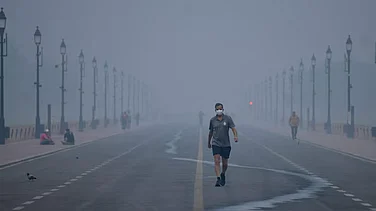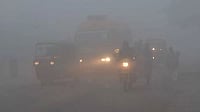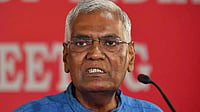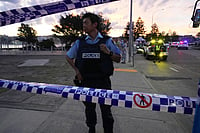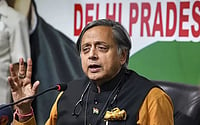The Election Commission began the delimitation of Assembly and parliamentary constituencies in Assam on Tuesday by using the Census data of 2001 for the readjustment seats.
The last delimitation of constituencies in Assam was done in 1976 on the basis of the 1971 Census. Under the provisions of the Delimitation Act, 1972, the last delimitation of constituencies in Assam was effected on the basis of 1971 census figures by the then Delimitation Commission in 1976, the poll panel noted.
The Commission said a ban has been put in place effective January 1, 2023, on the creation of new administrative units in the state till the exercise is complete.
The move to redraw the assembly and parliamentary seats of Assam as per Section 8A of the Representation of the People Act, 1950 has been initiated following a request from the Union Law Ministry on November 15.
What is the delimitation process?
Delimitation is defined as “the act or process of fixing limits or boundaries of territorial constituencies in a country or a province having a legislative body.”
In the Indian context, Delimitation is the process of redrawing boundaries of Lok Sabha and state Assembly seats to represent changes in the population. It’s only after this exercise has been completed that an election can be conducted.
The objective is to have equal representation to equal segments of the population and ensure a fair division of geographical areas so that all political parties or candidates contesting elections have a level playing field in terms of the number of voters.
How is the delimitation process carried out?
In the normal course of events, the exercise is carried out every few years after Census to ensure that each seat has approximately an equal number of voters.
The Parliament enacts a Delimitation Act under Article 82 of the Constitution and an independent high-powered panel known as the Delimitation Commission is constituted to carry out the exercise.
"As mandated under Article 170 of the Constitution, census figures (2001) shall be used for the purpose of readjustment of parliamentary and assembly constituencies in the state. Reservation of seats for the Scheduled Castes and Scheduled Tribes will be provided as per Articles 330 and 332 of the Constitution of India," the poll panel said in a statement.
The Commission will design and finalise its own guidelines and methodology for the purpose of delimiting the constituencies.
During the delimitation exercise, the Commission will keep in mind the physical features, existing boundaries of administrative units, facility of communication, and public convenience and as far as practicable, the constituencies will be kept as geographically compact areas, the statement noted.
Once a draft proposal for the delimitation of constituencies is finalised by the Commission, it will be published in the central and state gazettes for inviting suggestions and objections from the general public.
"In this regard, a notice will also be published in two vernacular newspapers of the state specifying the date and venue for public sittings to be held in the state," the poll panel said.
Previous delimitation process
To date, Delimitation Commission has been set up four times in total --- in 1952, 1963, 1973 and 2002 under the Acts of 1952, 1962, 1972 and 2002. There was no delimitation after the 1981, 1991 and 2001 Censuses.
The 2002 Act did not make any changes in total Lok Sabha seats or their apportionment between various states and left out a few states including Assam, Arunachal Pradesh, Nagaland and Manipur from the exercise due to “security risks.”
On March 6, 2020, the central government reconstituted the Delimitation Commission for these four states as well as the union territory of Jammu and Kashmir.
In what used to be the state of Jammu and Kashmir, the delimitation of Lok Sabha seats was governed by the Indian Constitution, but the delimitation of its Assembly seats was governed separately by the Jammu and Kashmir Constitution and Jammu and Kashmir Representation of the People Act, 1957. Jammu and Kashmir were kept out of the delimitation exercise when it was carried out in the rest of the country between 2002-2008.
Following the abrogation of Article 370 on August 5, 2019, Jammu and Kashmir lost their special status and became a Union Territory. A delimitation commission was constituted and asked to carve out Assembly and Parliament seats.
How have people reacted
Largely, people in Assam have been receptive towards the delimitation process. However, several people have raised concerns over using the Census 2001 figures rather than the 2011’s. The Census 2021 is yet to be carried out.
“It was due long back… After 2011 and 2021, if we go by 2001, it will be an injustice to follow the 2001 Census figures. Before taking such a decision, the government should consider whether it will serve any meaningful purpose,” said State Opposition leader and senior Congress leader Debabrata Saikia.
(With PTI inputs)












